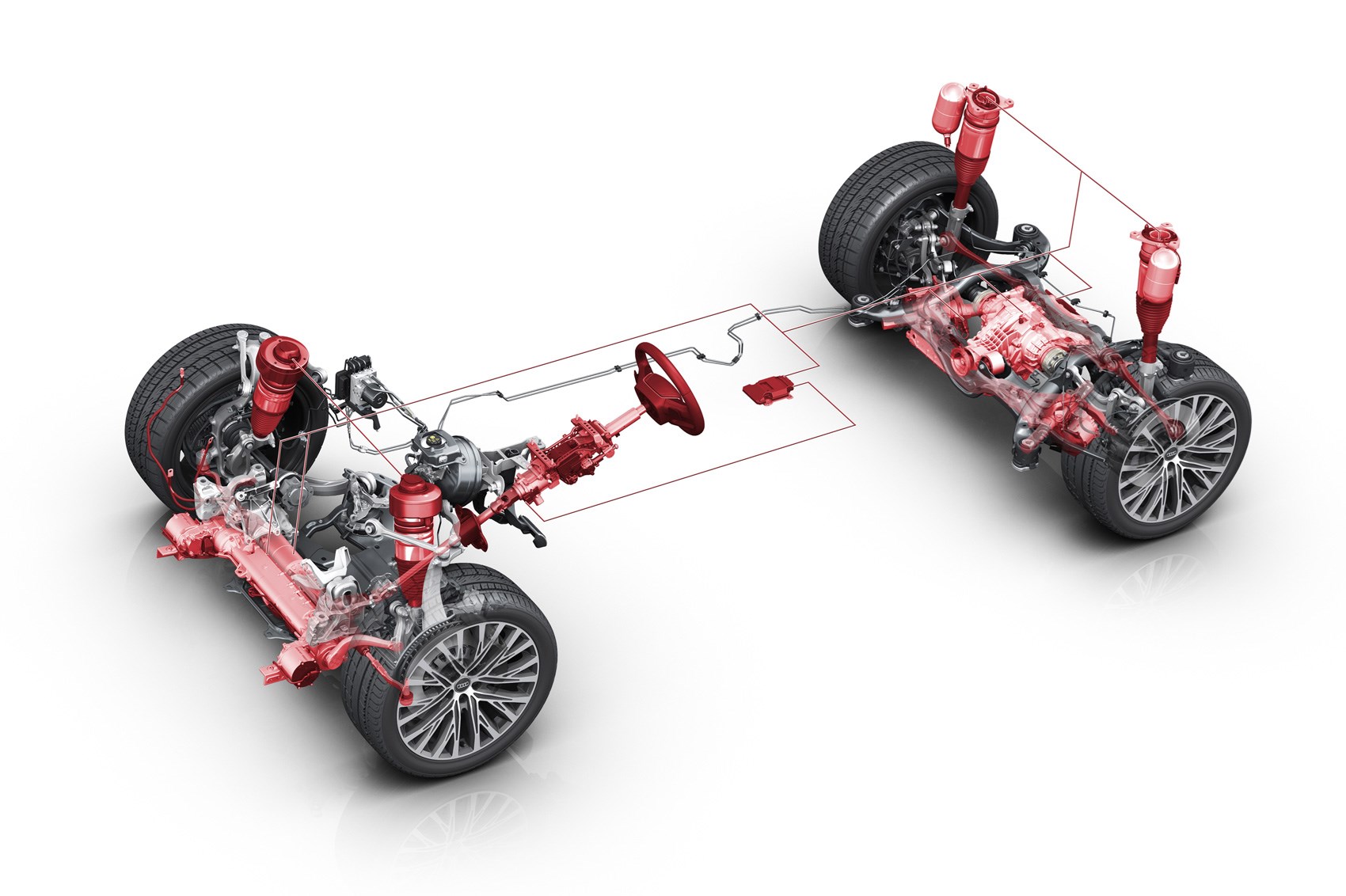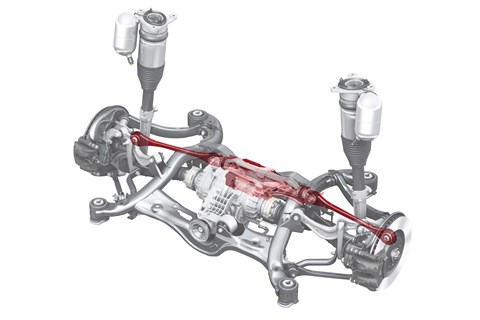What is Active Suspension System ?
An active suspension system for a car is a type of suspension system that uses electronic, hydraulic or pneumatic controls to actively adjust and control the car's suspension in real time. This is in contrast to passive suspension systems, which rely on fixed components such as springs and shock absorbers to absorb the shock and vibrations caused by the road surface.
Active suspension systems can improve ride comfort, handling, stability and safety by constantly adjusting the suspension to the changing road conditions and driving situation. For example, they can automatically adjust the damping, ride height, and stiffness of the suspension to minimize body roll, pitch and dive during cornering, braking and acceleration.
There are several types of active suspension systems, including hydraulic, electromechanical and electromagnetic systems. They all work by using sensors to measure the car's motion and the road surface, and then using actuators to adjust the suspension in response to these measurements. The exact design and implementation of the system can vary depending on the specific manufacturer and model of the car.
The sensors are used to measure various parameters such as the car's speed, acceleration, and the movement of the wheels and suspension. This information is then sent to the control unit.
The control unit processes the sensor data and determines the appropriate adjustments that need to be made to the suspension to optimize ride comfort, handling, stability, and safety. The adjustments may include altering the damping, ride height, and stiffness of the suspension.
The actuators, which can be hydraulic, pneumatic, or electromechanical, then make the necessary adjustments to the suspension. For example, they may adjust the pressure in the shock absorbers, change the position of the suspension components, or modify the stiffness of the springs.
The entire process happens very quickly, often in a matter of milliseconds, allowing the active suspension system to respond to changing road conditions and driving situations in real-time.
Overall, an active suspension system provides several benefits over a passive suspension system, including improved ride comfort, handling, stability, and safety, and can make driving a car a more enjoyable experience.
An active suspension system can be good for certain types of vehicles and certain driving conditions. The advantages of an active suspension system are that it can provide a smoother ride, improved handling, stability, and safety, especially in high-performance or luxury vehicles. It can also help to minimize the effects of road irregularities and improve tire grip, resulting in better traction and handling.
However, there are some potential drawbacks to an active suspension system. One of the main disadvantages is that it can be more complex and expensive to maintain and repair compared to a passive suspension system. Additionally, some drivers may prefer the feel and feedback of a passive suspension system, as it can provide a more engaging driving experience.
Ultimately, whether or not an active suspension system is "good" depends on the specific needs and preferences of the driver. It can be a valuable feature for drivers who prioritize comfort and performance, but it may not be necessary or desirable for all drivers.









Leave a Comment